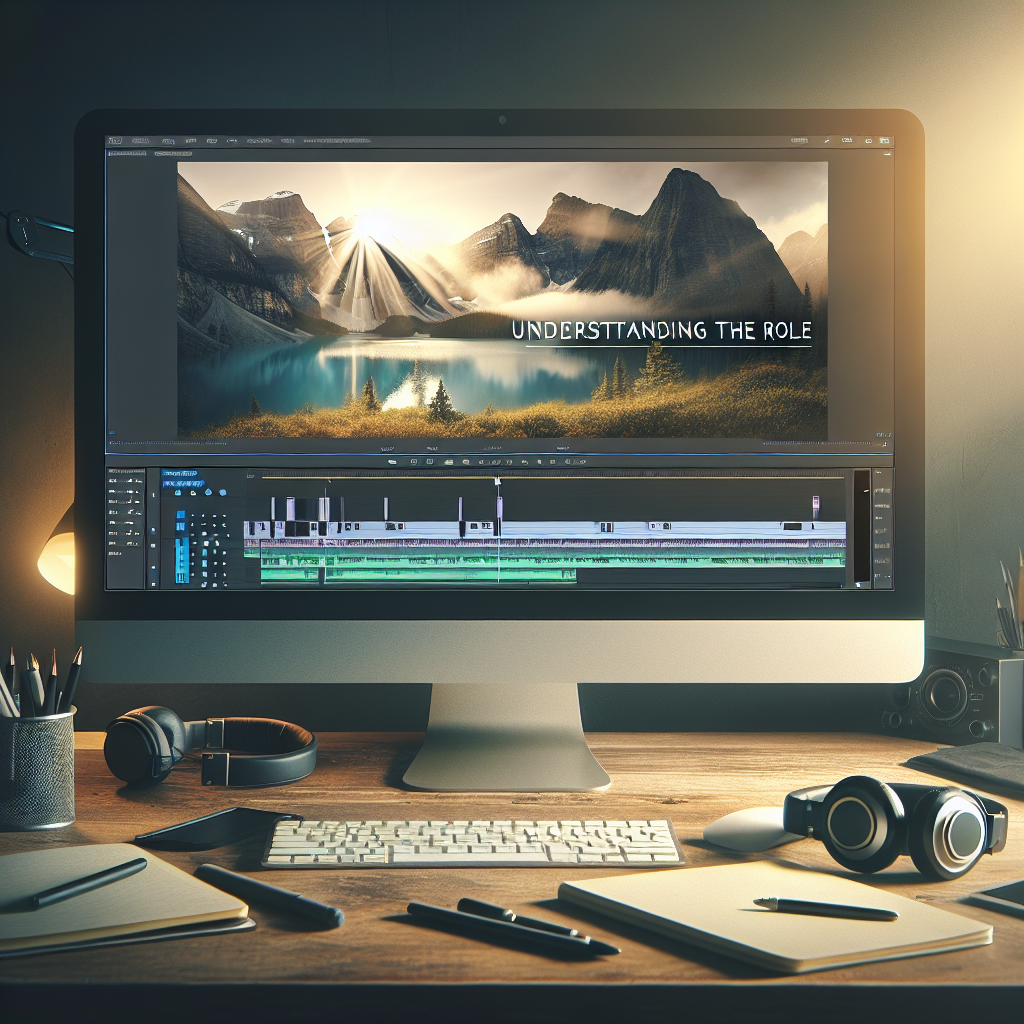Introduction
Video editing and production have evolved dynamically with technology over the last few years, offering creators a myriad of tools to craft their narratives professionally. One of these tools, often overlooked but critical in video production, is the ‘Lower Third.’
Lower Third: What is it?
Lower Third refers typically to the graphical overlay at the bottom of the video screen, occupying roughly the ‘lower third’ of the screen space. It is a combination of text and graphical elements to provide additional information or context about the video. This information is often the name and title of a person on-screen, location details, or any other relevant data the creator wants to share.
The Role of Lower Third in Video Editing Software
The Lower Third plays a fundamental role in video editing and production. It can considerably enhance the production value of your video and provide the vital information your audience needs.
Enhancing the Narrative
Simplicity is the key to an effective lower third. An ideally designed lower third should merge with the visual narrative subtly, not distract the viewer. It can provide context, identify people on-screen and communicate critical facts without obstructing the main content.
Setting the Mood
With an effective design element, lower thirds can set the mood or tone of your video. They become especially crucial during live transmissions, news reports, documentaries, and interview videos where they help to populate the bare screen areas, thereby making the video appear more professional.
Branding
Professional businesses and brands use lower thirds for maintaining consistency and providing a distinct identity across their videos. Lower thirds are a simple yet effective way to enhance branded content, incorporating specific fonts, colours, or logos that are synonymous with the brand.
Viewer Retention
A well-designed lower third can increase viewer retention by providing additional contextual information, guiding viewers through the content, and enhancing their understanding. It indirectly keeps the viewers engaged and prompts them to watch more.
Efficient Use of Lower Thirds in Video Editing Software
Modern video editing software offers great flexibility with a range of pre-designed, customizable lower third templates. They come with features to adjust text, colours, size, and animations to align with the rest of your video.
Keep it Subtle
The design and animation of your lower third need to be subtle and not too flashy. Keep it simple, and avoid using too many colours or overly complicated animations.
Legibility
Make sure the text is legible against any background – it should neither blend into the background nor stand out excessively. A simple, clean font works best for viewer readability.
Duration
The lower third should stay on-screen long enough for viewers to read it without feeling rushed. A general rule of thumb is to keep it on screen for about the same time it takes you to read it out loud.
Consistency
Keep the design consistent throughout all your videos to maintain the brand identity. Failing to do this might confuse the viewer. A standardized template works best for this purpose.
Conclusion
In conclusion, the significance of lower thirds in video editing cannot be overlooked. They can greatly enhance the visual narrative by providing crucial information, setting the tone, boosting brand recognition, and eventually, retaining viewers. With various video editing software offering a multitude of features, it is easier now than ever to create compelling lower thirds, significantly improving video production quality.
FAQs
1. What’s the main purpose of the lower third?
The main purpose of lower thirds is to introduce and provide additional information to the viewers without interrupting the main content.
2. How do I choose the right font for lower thirds?
Choose a simple, clear font that is legible against any background and aligns with your brand style.
3. How long should a lower third graphic appear on screen?
In general, it should remain on screen long enough for viewers to read it completely, the same amount of time it takes you to read it out loud is a good measure.
4. Can I customize lower thirds in any video editing software?
Yes, most video editing software provides the option of customizing lower thirds according to your preferences.
5. How can lower thirds help in video branding?
Lower thirds can become an integral part of your video branding by integrating the brand’s logos, fonts, or colors, thus creating an identity across all videos.

